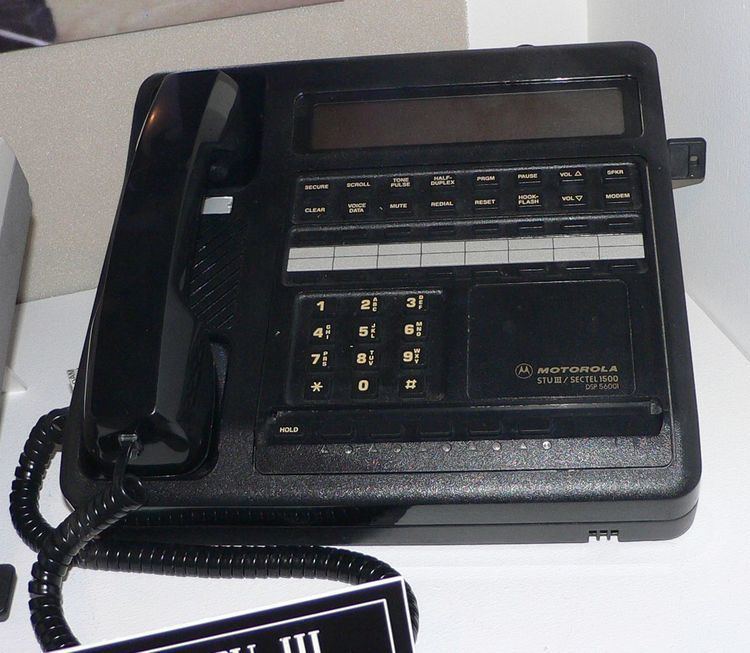Reference




OpenAI's Answer
The STU-III (Secure Telephone Unit - third generation) was an encryption system developed by the NSA in 1987 for secure voice communication. While it was effective for its time, it had several limitations that made it unsuitable for modern wireless systems:
-
Technology and Compatibility: STU-III was designed for use with traditional telephone lines and required a physical connection to a standard telephone wall jack. This made it incompatible with modern wireless communication systems, which rely on cellular networks and internet-based protocols like VoIP (Voice over IP) source.
-
Physical Security Tokens: The system required a Crypto Ignition Key (CIK) for operation, which was a physical security token. Modern systems have moved towards software-based encryption and authentication methods that are more flexible and easier to manage across various devices and platforms source.
-
Encryption Standards: The encryption algorithms used in STU-III, while secure at the time, have been surpassed by more advanced and efficient algorithms that are better suited for the high-speed data transmission required by modern wireless systems.
-
Interoperability: Modern secure communication systems, such as those using the Secure Communications Interoperability Protocol (SCIP), are designed to work across a variety of communication platforms, including cellular phones and internet-based systems, which STU-III could not support source.
Here are some images of the STU-III system:


These limitations highlight why the STU-III system was eventually replaced by more modern encryption solutions that are better suited to the needs of contemporary wireless communication.